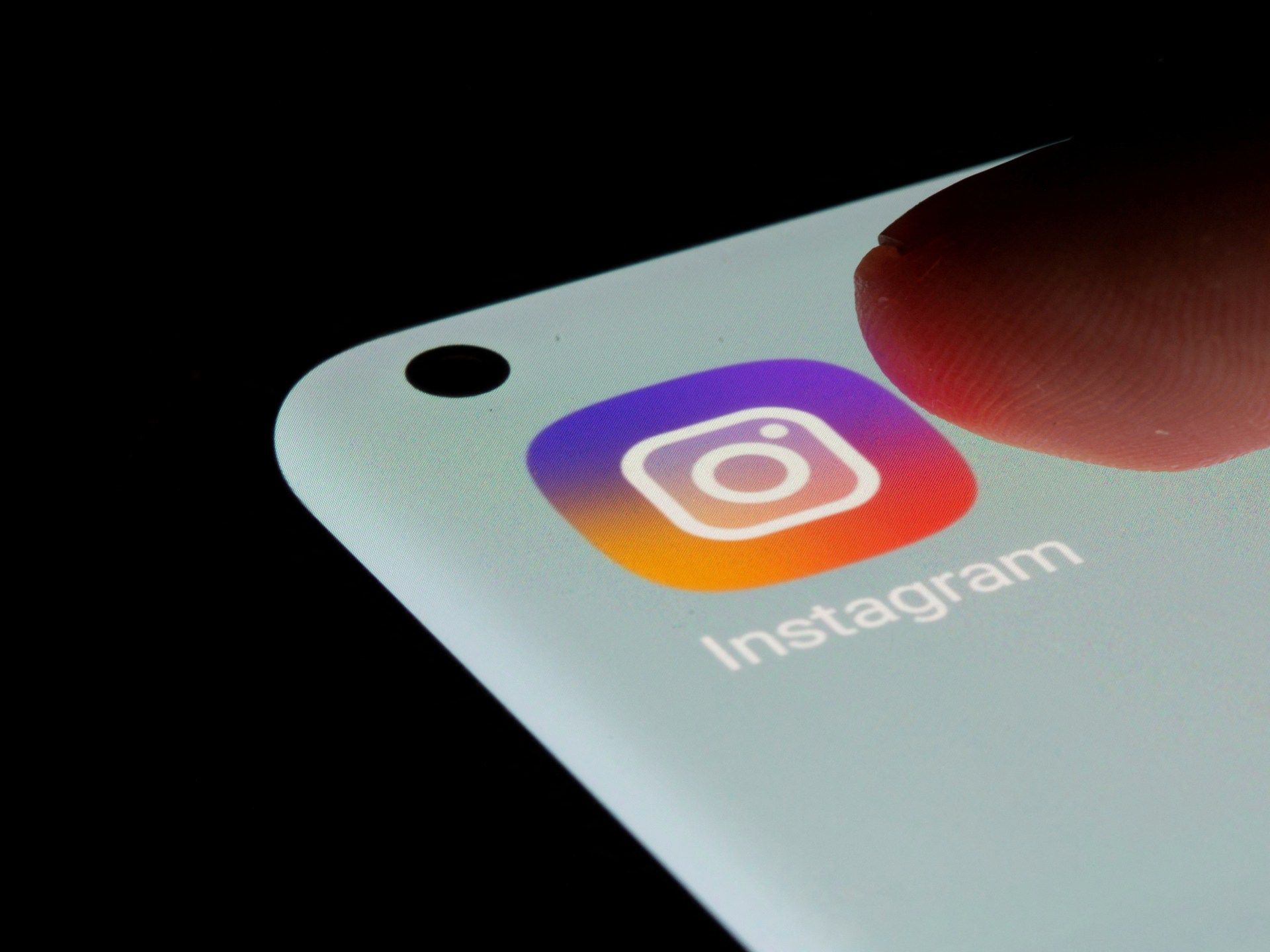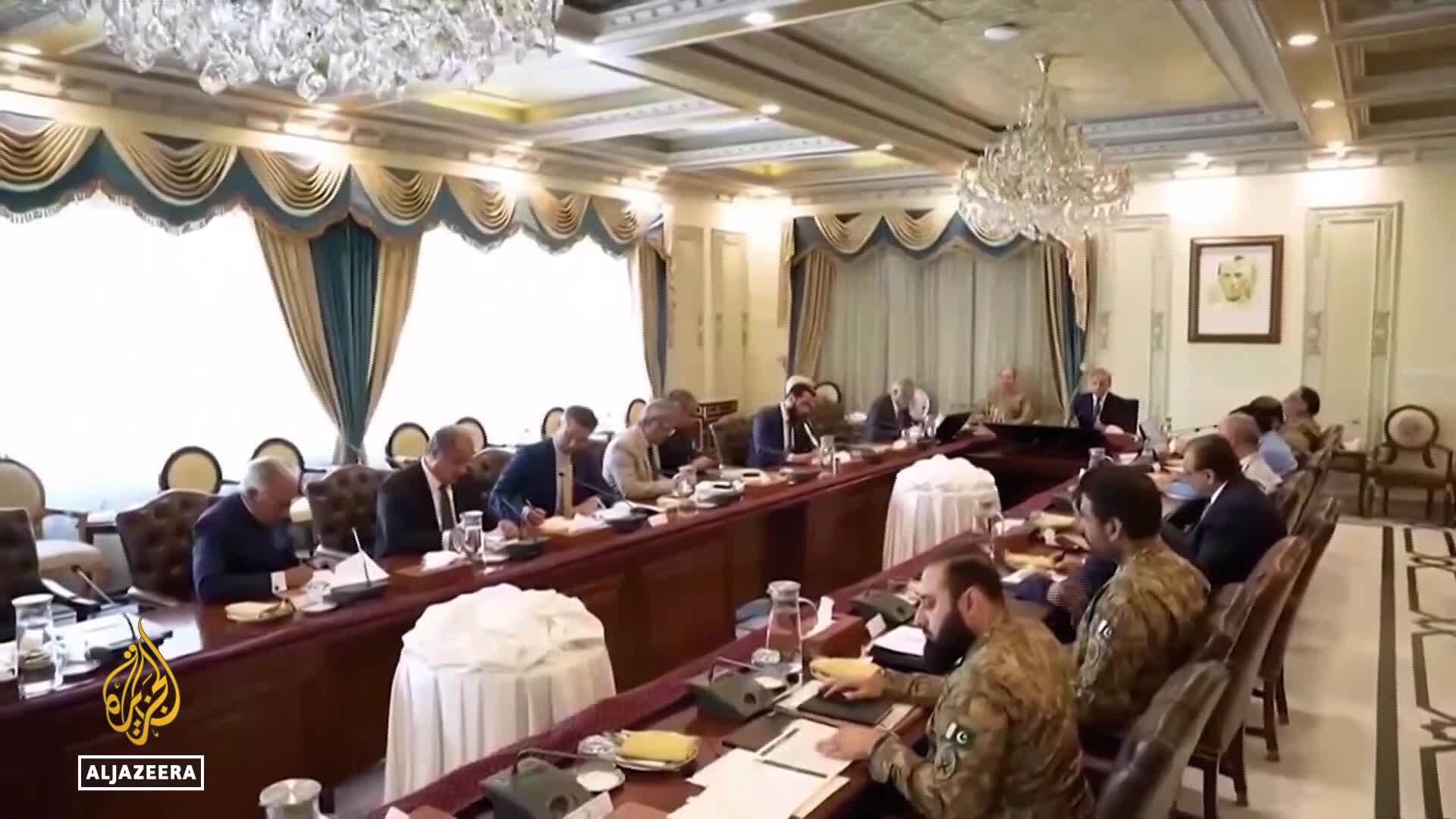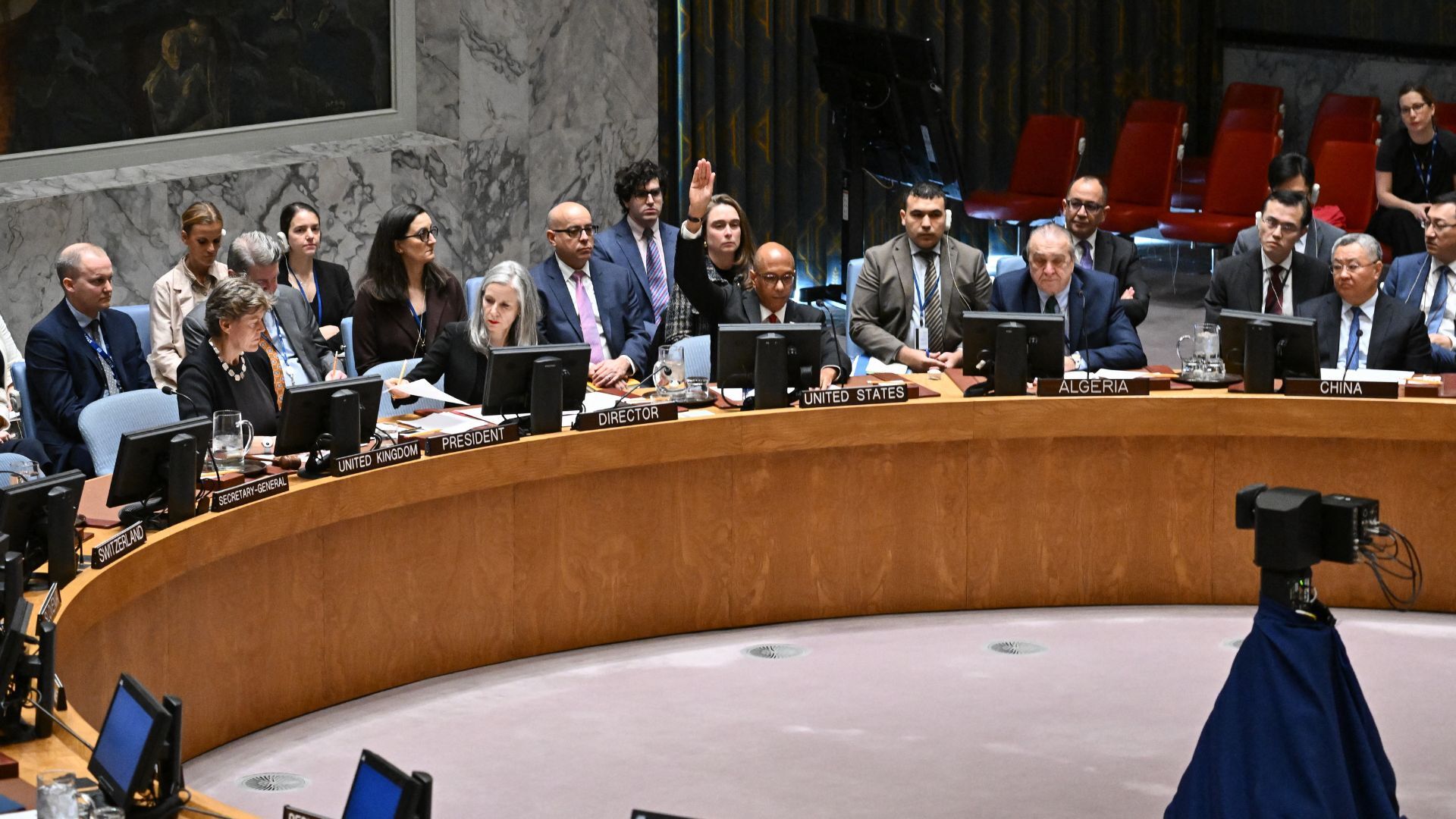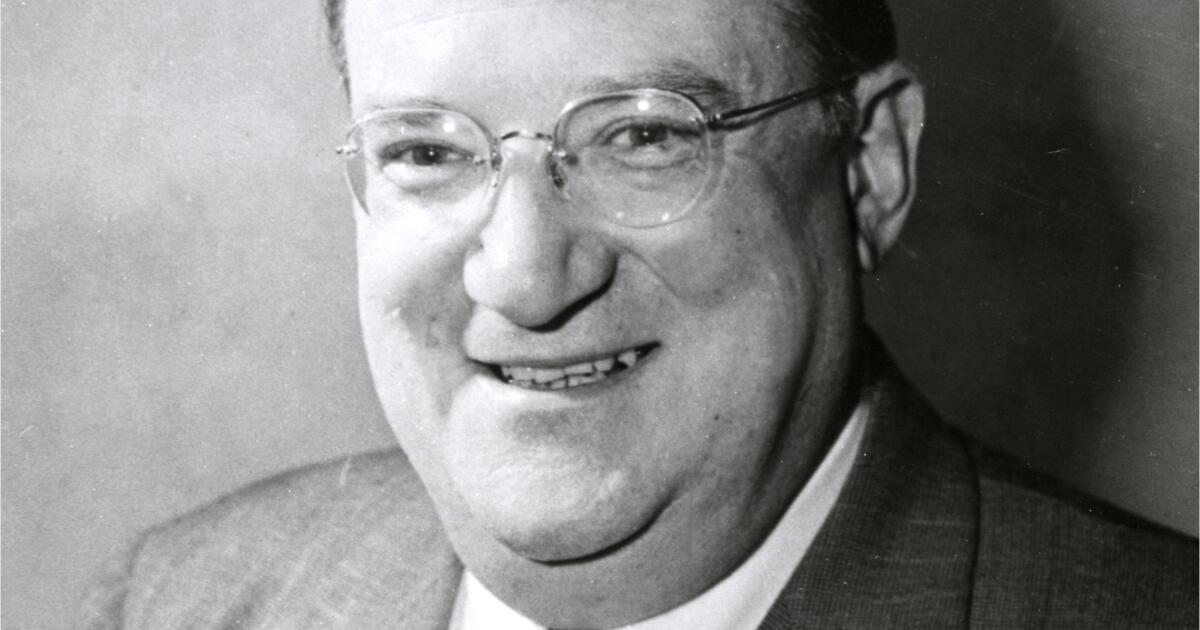In the late 2000s, an editor kicked me out of his office because he didn't find the cartoons I had offered for publication “funny.” I told him that he wasn't trying to be “funny,” that the situation wasn't funny. What infuriated him was the uncomfortable commentary I had offered in my sketches about the growing frustration of Arab youth and the growing tensions in the region. The editor did not consider such opinions worthy of publication.
The incident only solidified my already existing conviction that there was no future for my political cartoons in traditional media. Plagued by narrow-minded editorial approaches and corporate control, television channels and newspapers were no place for rebellious art.
Around that time, social media was emerging as an alternative space for artists and publishers. It gave us access to diverse, unfiltered perspectives and a spectrum of opinions on any given topic.
Shifting my focus online, I joined the effort to challenge narratives and foster open debates in this new virtual plaza, which only expanded after the explosive start of the Arab Spring. For the next decade, I produced a cartoon a day on topics ranging from street protests in Arab countries and the eroding dictatorship of Omar al-Bashir in Sudan, to Arab solidarity with Colin Kaepernick, the American football player who took a knee during the national protest. anthem.
The openness and mobilizing power of social media platforms was exciting for artists like me, but sadly it didn't last. Over time, the greed of the technicians began to erode the virtual city square. In their quest for wealth in the form of user data, they created algorithms designed to keep people addicted to their phones and willing to produce and provide more and more data.
This transformed social media platforms into echo chambers where users are only delivered content that they would “like” or that reinforces their existing beliefs, giving them the comforting feeling that everyone agrees with them. As a result, users tend to stick to their views, rejecting discussions and “unfollowing” any perspective that might challenge them.
These algorithms effectively destroyed the reason I make cartoons: to have an open conversation about a given topic. They – and their creators, the tech bros – became the new gatekeepers, restricting exposure to my art, just as conservative mainstream media editors had done more than a decade before.
Art, driven by creativity and the need for free expression, shares the same driving force as innovation: the need to challenge the status quo. Over time, I could no longer stand the reactions to my cartoons: only likes and praise and no discussion, participation or criticism. When I started to feel suffocated on social media, I looked for a way to get out of the echo chamber.
In October, when Israel launched its genocidal war in Gaza, I began drawing to express my solidarity with the Palestinian people. On social media – even with the suppression of pro-Palestinian voices – I still felt like I was preaching to the choir.
I wanted to get my work out to as many people as possible, including those who might not immediately agree with it. So, in my quest to connect with those who probably won't “like” my work, I adopted some innovative strategies: namely, I became a “troll.”
On
And so, I entered a parallel world, where users fervently posted about Israelis fighting for “justice” and “survival,” about their “shadow ban” due to social media bias, about Europe and the United States. United States being “invaded by Muslim immigrants.” who lead marches in “support of terrorism,” about the mainstream media that is “obsessed with diversity” and political correctness and does not show the “real picture.”
It was intriguing to witness what seemed like a glitch in the matrix to both me and them, being so accustomed to the comfort of spaces that confirm our prejudices.
I considered these interventions as my new form of art, as art, by definition, can take many forms and is meant to disrupt the comfortable. That was precisely my goal.
In my comments I questioned the status quo and delved into “sensitive” issues, such as the Palestinian right of return, illegal Jewish settlements, the right to resist occupation, accusations of anti-Semitism, the killing of children in Gaza, etc.
The comment threads that followed were long, often filled with responses claiming that I didn't understand the “complexities” and was painting the situation in black and white. Many times I was directly accused of anti-Semitism.
One particularly shocking moment occurred when a popular right-wing Instagram account I interacted with shared a screenshot of our conversation in an attempt to incite against me.
The consequences of this were an increase in Israeli followers and direct messages, some calling me “momo” (which is apparently a derogatory word used for Muslims) and accusing me of practicing “taqiyya” (an Islamic term that refers to committing an act sinful). (especially dissimulation) with a virtuous purpose.
The latter has become the favorite reference in many Islamophobic stories when they attempt to claim that every Muslim is a “bad Muslim,” even when they say the “right things.” These direct messages clearly came from accounts that were intended to insult and intimidate me, and not address my arguments or opinions in good faith; I guess they were the real trolls.
I also received an email from an organization that had awarded me a scholarship, informing me that they had been contacted several times (in what appeared to be a coordinated campaign) with requests to remove me as a scholarship recipient due to my “anti-Semitic behavior.” ”. The spurious complaints had not presented any evidence to support the claim, so they were ignored.
This attempt to break out of the social media echo chamber took a mental toll on me. But it was worth it. Many significant encounters occurred as a result.
I received some positive messages, appreciating my attempt to participate or asking for more information about the history and current issues of Israel-Palestine. Some of my new followers engaged in serious conversations in the comments, others watched my stories silently. I witnessed a brief return of the open discussion that I so missed and craved.
In the midst of the sometimes grueling exchanges with Israeli users, a question often arose: “What are you doing here? “Why don’t you stick to pro-Palestinian spaces?” to which I responded: “Because I want to talk to you.”
These encounters expanded not only my understanding but also that of, I think, at least some other people. It was worth highlighting the transformative potential of common spaces both in real life and in the online sphere. It was worth fighting against the algorithm, breaking the echo chamber and recovering the idea of a virtual square: that democratic space, open to the exchange of ideas and free of profit motives.
My unwavering belief in the power of art to challenge and provoke persists. This experiment in swapping cartoons for “trolling” as an artistic intervention reflects my conviction that we must dismantle barriers and openly engage with “the other side.”
It was an individual act of rebellion against the oppressive power of the algorithm. I won a battle, but the war still continues. My art remains imprisoned within the confines of the echo chamber of social media.
We cannot continue to exist in parallel timelines where competitive and exclusive narratives thrive, deepening divisions. The imperative now is to fight for a shared timeline that charts a common future. The urgency of a universal space for dialogue extends far beyond the Israeli-Palestinian issue; It is a global need.
The views expressed in this article are those of the author and do not necessarily reflect the editorial position of Al Jazeera.












